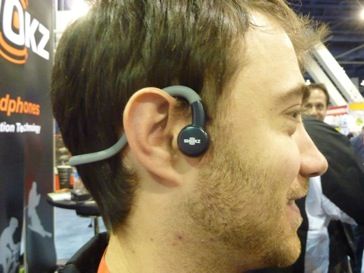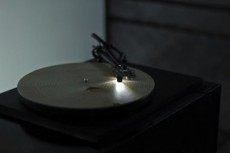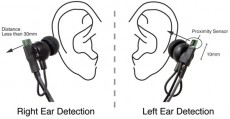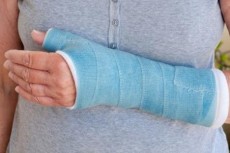Listen To Your Music By Your Bones Rather Than Your Ears! The Bone Conduction Audio Technology!

I hate headphones. If they’re intended to deliver hiqh quality audio, like the noise-canceling ones I wear when flying, they squeeze my ears unpleasantly; if they’re light and comfortable, they slip around. I hate earbuds even more. I’ve tried just about every type you can imagine, including custom, and none of them feel at all comfortable. And I hate that my youngest son seems to have an earbud in just about every waking minute—I watch his volume controls, but still worry about hearing damage, and also about the traffic he’s not hearing when he’s out running.
So while a lot of new technologies introduced at CES seemed interesting and potentially useful, two thrilled me, because they potentially can eliminate these hated headphones from my life.




- Powered By Military Special Ops Bone Conduction Technology
- Superior Comfort – Stable Wraparound Headband
- Street Legal – Safer For All Outdoor Activities
- Lifetime Warranty
Trackback from your site.



